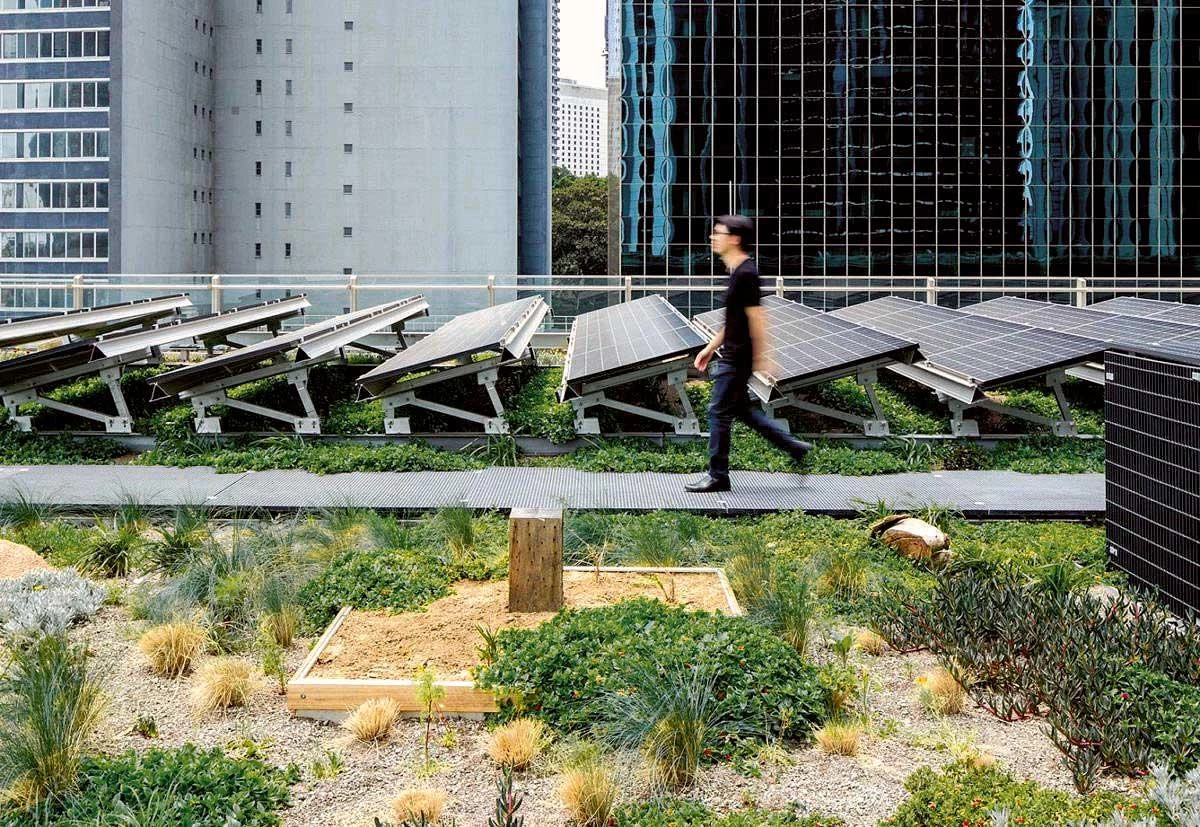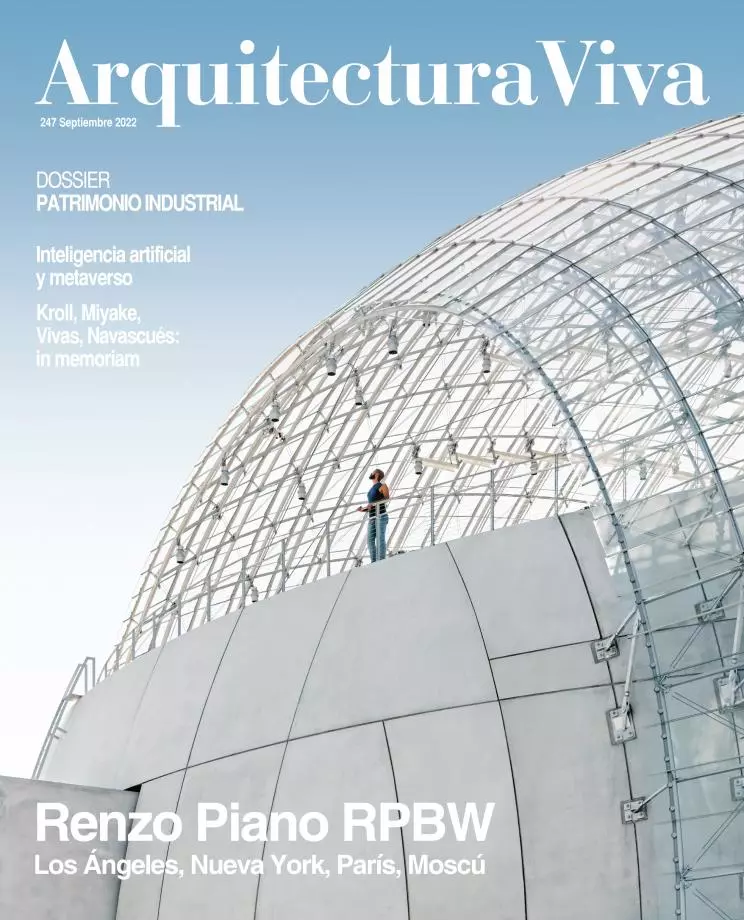
There are major parallelisms between the generic 27ºC ceiling imposed by the Spanish government and the current Technical Building Code that regulates energy use (as against regulating temperature) in constructions, much of which echoes Germany’s Passivhaus system. But Spain’s climate and the way that climate change is affecting our territory makes us reflect on whether the measure is adequate or inane.
It makes a difference whether you live on the coast or in Castile. That any given temperature is subject to the humidity factor is ignored by the decree. The coastline has a steady regimen of winds and we all know the delight that breezes give indoors, but this is not taken into account by the new ruling, nor are any of the various simple strategies for dealing with heat, such as green roofs and light colors for facades, which are ideal in Mediterranean climates.
But why are we not satisfied with Passivhaus efficiency? There is a graphic explanation: a traditional Andalusian typology has never worked in northern Germany, nor a Norwegian system in Alicante. This is a no-brainer that has been true since the very first human settlements. History is persistent and a good adviser, especially in what concerns cities and their structural and typological methods.
The Passivhaus system perfectly adapts to the rigors of Nordic climates, with their long winters, freezing winds, and scant sunshine. In Spain we can obtain its features, but always at the cost of huge investments and that of denying the realities of our own climate. Even worse, without opening any prospects for minimizing the effects of progressive global change, which is particularly alarming in our latitudes.
We should not think that the problem ends with settling the matter of energy consumption in homes. In truth, many of the techniques that make a ‘sustainable’ building possible involve dumping the effects of radiation onto the street, through facades that act as shields for solar rays to bounce off, just like dirty fluids thrown out of windows in medieval times, to the shout of “Gardy loo!”
If we want to ensure comfort in public spaces with a time perspective of decades, we must think of permeable surfaces: the idea of a ground that is alive and healthy is gaining force in the search for solutions that go beyond the usual planting of trees. Rainwater management has to include radical changes in the makeup of the urban floor, which should be a key agent in collecting run-off, in a biological way. Floors functioning as sponges are becoming widespread with permeable concrete as well as the drainage systems of niches connected to tanks, or the light-toned, practically white asphalt surfaces that dissipate heat instead of accumulating it the way traditional bitumen does.
The return of the ground as a principal living and healthy element in cities, along with the ecological corridors that green roofs can provide wherever there are none (in crowded old neighborhoods, for instance), questions and complements the policies that focus exclusively on the energy efficiency of buildings (to be exact, only the ‘internal’ efficiency of buildings, with no equally sensitive regard for public space), and calls for serious holistic debate on the role that the four elements can play in the rethinking of our cities.
The battle against the warming of cities is not a mere matter of solving a technical problem. It involves integrating climate into our very lives, and in its most sensual dimension as a source of pleasure. A source of pleasure because efficient organization of buildings and cities will not only maintain, but even prolong periods of good temperature, and thus help in creating unique spaces, whereas simplifications and technological shortcuts are harmful and useless in the long run.






